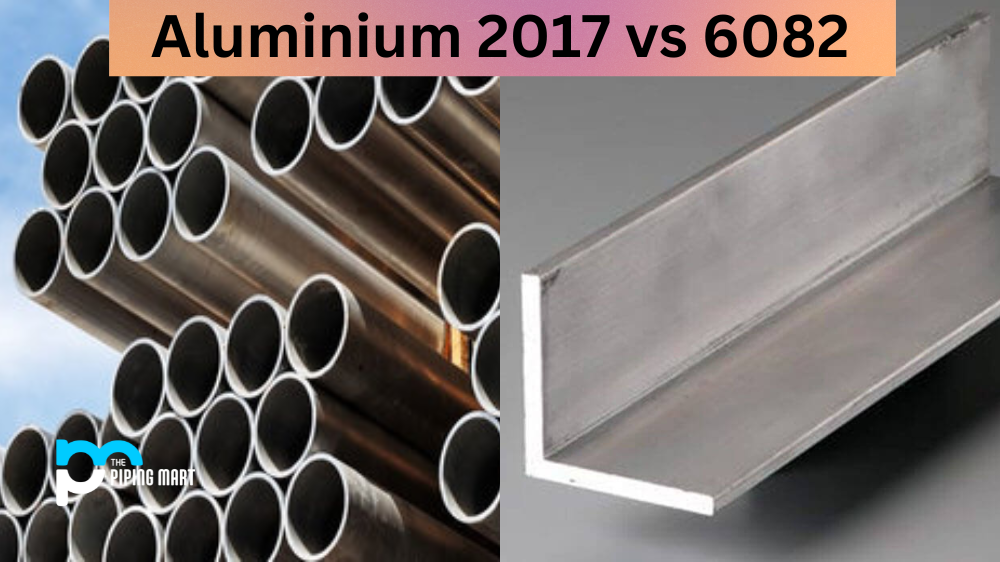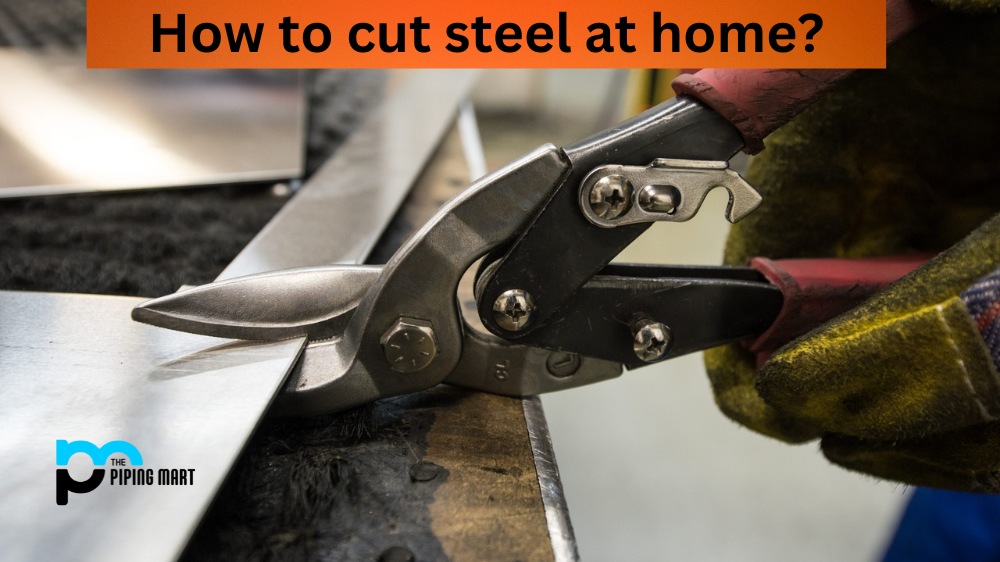Hastelloy alloys are some of the strongest, most reliable materials available on the market. But like any material, they have their advantages and disadvantages. In this blog post, we’ll take a look at the pros and cons of using hastelloy alloys to get a better understanding of what makes them so popular.
5 Advantages of Hastelloy Alloys
Hastelloy alloys are known for their corrosion resistance and durability—two major benefits that make them an attractive option for many industries. They are also resistant to oxidation, which is essential in high-temperature environments. Furthermore, hastelloy alloys are also highly resistant to stress corrosion cracking as well as chloride pitting and crevice corrosion. This makes them ideal for use in chemical processing plants, power plants, marine applications, and other industrial settings where there is a risk of corrosion or extreme temperatures. Moreover, hastelloy alloys can be machined easily into complex shapes with no loss of strength or integrity.
Hastelloy is a Nickel-based Alloy
Hastelloy is an alloy that is made mostly of nickel. It also contains chromium, molybdenum, iron, and cobalt. This combination of metals makes Hastelloy stronger and more resistant to corrosion than other alloys.
Hastelloy is Resistant to Corrosion
One of the most important properties of Hastelloy is its resistance to corrosion. This alloy is resistant to both acidic and basic solutions, as well as salt water. Additionally, Hastelloy does not corrode in the presence of chlorine or other halides.
Hastelloy is Strong and Durable
Another advantage of Hastelloy is that it is a strong and durable metal. This alloy can withstand high temperatures without losing its strength or becoming brittle. Additionally, Hastelloy does not expand or contract when exposed to extreme temperatures, making it ideal for use in high-pressure applications.
Hastelloy is Non-magnetic
Hastelloy is also non-magnetic, which makes it ideal for use in applications where magnetic materials are not desired. This property also makes Hastelloy resistant to electromagnetic interference.
Hastelloy is Easy to Work With
Hastelloy is relatively easy to work with compared to other alloys. It can be welded, machined, and formed using standard methods and equipment. Additionally, Hastelloy can be cold worked without becoming brittle
5 Disadvantages of Hastelloy Alloys
While hastelloy alloys have many advantages, there are some drawbacks to consider as well. One such downside is that these materials can be difficult to weld due to their high nickel content. Additionally, they tend to be more expensive than other materials because they require specialized equipment in order to be machined or formed properly. Furthermore, these materials have limited applications due to their innate strength; they cannot be used in applications where flexibility is important since they can become brittle over time when exposed to extreme temperatures or environmental conditions.
- Hastelloy is an alloy that is composed of nickel, chromium, molybdenum, and iron. It is known for its high resistance to corrosion and its ability to withstand high temperatures. However, there are some disadvantages to using hastelloy.
- One of the primary disadvantages of hastelloy is its cost. Hastelloy is a relatively expensive material, and it can be difficult to find suppliers who stock it. Additionally, hastelloy is often used in applications where cost is a major consideration, such as in the chemical industry.
- Hastelloy can also be difficult to work with. The material is hard and brittle, and it can be difficult to cut or weld. This can make hastelloy unsuitable for some applications.
- Hastelloy is also susceptible to stress cracking. This type of cracking can occur when the alloy is exposed to high levels of stress, such as during welding or machining. If not properly controlled, stress cracking can lead to failure of the hastelloy component.
- Finally, hastelloy is not compatible with all materials. In particular, hastelloy should not be used in contact with lead or zinc
Conclusion
Overall, hastelloy alloys offer a host of benefits that make them an attractive choice for many industries across the globe. These include corrosion resistance, durability in extreme temperatures, and ease of machining into complex shapes without sacrificing strength or integrity. However, it is important to consider the potential drawbacks before investing in this material; these include difficulty welding due to its high nickel content as well as costliness and limited applications due its innate strength. Ultimately though, if you’re looking for a strong yet versatile material with excellent corrosion resistance properties then hastelloy alloys may just be the perfect fit!

Abhishek is a seasoned blogger and industry expert, sharing his insights and knowledge on various topics. With his research, Abhishek offers valuable insights and tips for professionals and enthusiasts. Follow him for expert advice on the latest trends and developments in the metal industry.




